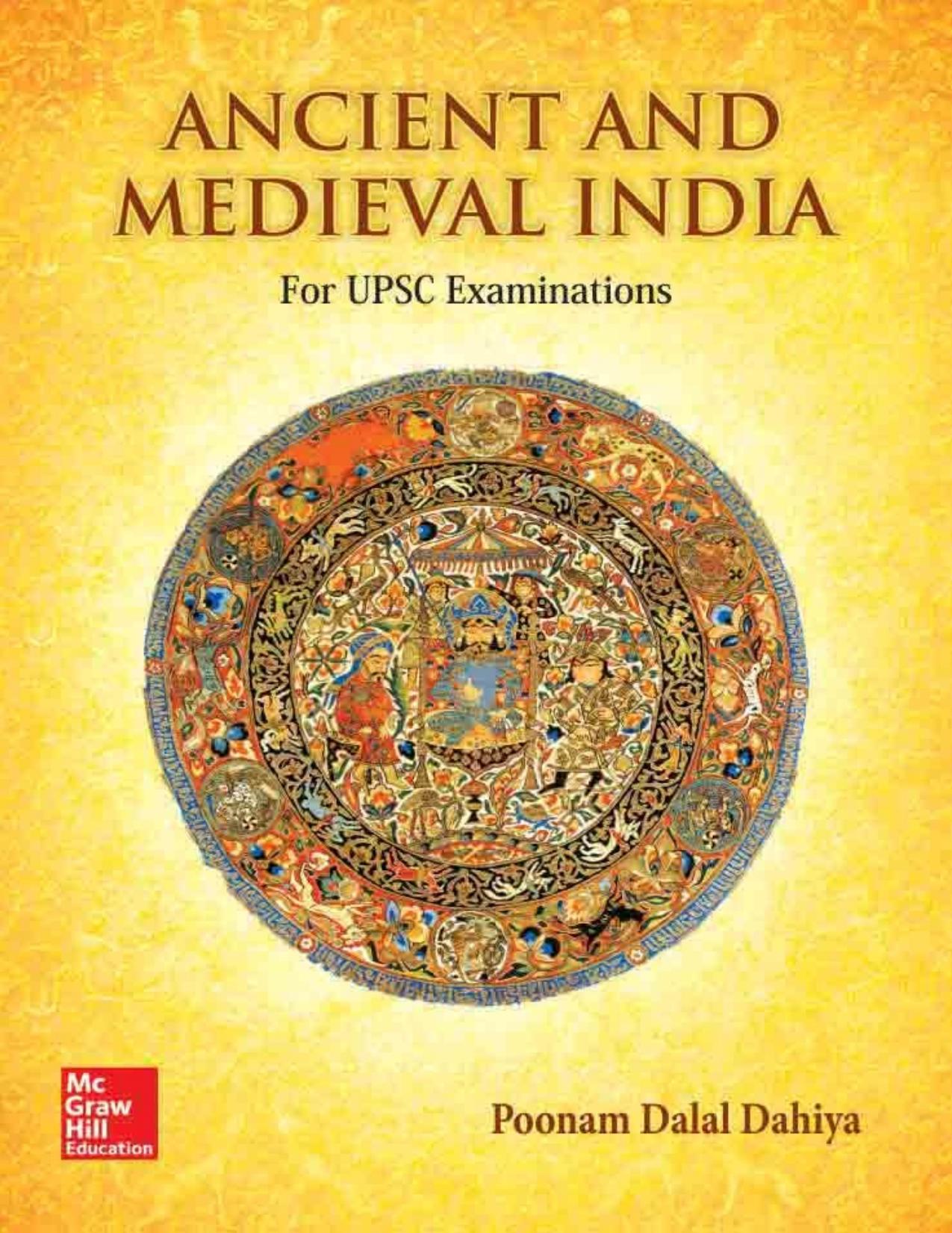Ancient and Medieval India by Poonam Dalal Dahiya

Author:Poonam Dalal Dahiya
Language: eng
Format: epub, pdf
Publisher: India Professional
Published: 2017-01-24T18:30:00+00:00
â¢
Nattar: Assembly of the leading men of a Nadu or district.
â¢
Nagarattar/Nagaram: assembly of the Mercantile
groups/Merchants.
The nagaram was specific to different trades and specialised groups.
For instance, the Saliya nagaram and Satsuma parishatta nagaram was associated with the textile trade, the Shankarappadi nagaram represented oil and ghee suppliers, the Paraga nagaram was the corporate organisation of seafaring merchants and the Vaniya nagaram catered to the oil merchants. These corporate organisations were also referred to as samaya, that is, created through an agreement or contract and interestingly the members of samaya were governed by a code of conduct called bananju-dharma. One of the powerful guilds which was also among the largest supra-regional merchants association was the Ayyavole (The Five Hundred) which was established in the Aihole, Karnataka. Similarly, Manigramam was another prominent guild of the 13th century located in the Tamil country and was subordinated to the Ayyavole. Trading caravans used to move with armed protection and these guilds jointly fixed cesses and tolls. In due course of time, the merchant guilds became more and more powerful and independent. As the Cholas declined, the guilds too subsequently became less dependent on royal support.
Chola Village Administration
The Cholas were famous for their local self-government model, which can be considered as one of the earliest examples of the Panchayati Raj System. The village administration was very systematic and well developed. Regarding the assemblies of the villages, the Chola inscriptions mention:
a.
Ur: The general assembly of the local residents of non-brahmadeya villages (or vellanvagai villages) to discuss matters without any formal rule or procedure. Nothing much is known about the composition of the Ur but, generally the members were less than ten. It dealt with various matters www.examisthan.com
related to land maintenance such as land sale, gift, and tax exemptions.
b.
Sabha
or
Mahasabha:
Exclusive
assembly
of
Brahmans/gatherings of the adult male members in the agraharas, that is, rent free brahmadeya villages which enjoyed a large measure of autonomy. The membership was governed by different criteria such as property ownership, family antecedents, learning and good conduct. The Mahasabha possessed the propriety rights over communal lands and controlled the private lands within its jurisdiction. It could raise loans for the village and levy taxes with the right to realise the revenue in cases of default by selling the lands in question by public auction.
There were close links between some of the Brahmana Sabhas and the Chola court. Two inscriptions from Uttaramerur testify this fact and specify that the resolution of the Sabha was made in the presence of an official specially deputed by the king. In another inscription from Tanjavur, it appears that Rajaraja I issued orders to the Sabhas of the Cholamandalam to perform various types of services in the Brihadeshvara temple. The affairs of the village were managed by an executive committee to which educated persons owning property were elected either by drawing lots or by rotation. These members had to retire every three years. There were different committees which looked after different activities like law and order, justice, tank committee known as erivariya (which looked after the distribution of water to the fields).
Download
Ancient and Medieval India by Poonam Dalal Dahiya.pdf
This site does not store any files on its server. We only index and link to content provided by other sites. Please contact the content providers to delete copyright contents if any and email us, we'll remove relevant links or contents immediately.
| Africa | Americas |
| Arctic & Antarctica | Asia |
| Australia & Oceania | Europe |
| Middle East | Russia |
| United States | World |
| Ancient Civilizations | Military |
| Historical Study & Educational Resources |
The Battle of Mogadishu by Matt Eversmann & Dan Schilling(723)
The Confidence Men by Margalit Fox(671)
A History of the Muslim World since 1260: The Making of a Global Community by Vernon O. Egger(641)
The Spymaster of Baghdad by Margaret Coker(641)
Jack the Ripper and the East End by Peter Ackroyd(610)
Empire of Fear: Inside the Islamic State by Andrew Hosken(587)
The Afghanistan File by Prince Turki AlFaisal Al Saud(586)
The Crimean War by Winfried Baumgart(579)
Islam At The Gates: How Christendom Defeated the Ottoman Turks by Diane Moczar(573)
The Jerusalem Diamond by Noah Gordon(568)
Akhenaten by Dominic Montserrat(565)
A Concise History of Greece (Cambridge Concise Histories) by Richard Clogg(554)
Beirut 2020 by Charif Majdalani(554)
The History of Jihad by Robert Spencer(549)
Enemy in the East by Rolf-Dieter Müller(533)
Israel: Ancient Kingdom or Late Invention? by Daniel I. Block(532)
The Privatization of Israeli Security by Shir Hever(527)
The Nine Lives of Pakistan by Declan WALSH(521)
Destroying a Nation: The Civil War in Syria by Nikolaos van Dam(516)
